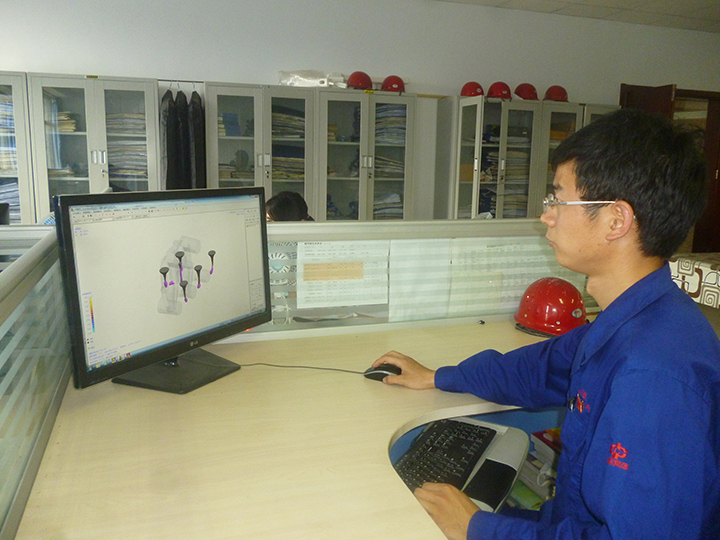- Afrikaans
- Albanian
- Amharic
- Arabic
- Armenian
- Azerbaijani
- Basque
- Belarusian
- Bengali
- Bosnian
- Bulgarian
- Catalan
- Cebuano
- China
- China (Taiwan)
- Corsican
- Croatian
- Czech
- Danish
- Dutch
- English
- Esperanto
- Estonian
- Finnish
- French
- Frisian
- Galician
- Georgian
- German
- Greek
- Gujarati
- Haitian Creole
- hausa
- hawaiian
- Hebrew
- Hindi
- Miao
- Hungarian
- Icelandic
- igbo
- Indonesian
- irish
- Italian
- Japanese
- Javanese
- Kannada
- kazakh
- Khmer
- Rwandese
- Korean
- Kurdish
- Kyrgyz
- Lao
- Latin
- Latvian
- Lithuanian
- Luxembourgish
- Macedonian
- Malgashi
- Malay
- Malayalam
- Maltese
- Maori
- Marathi
- Mongolian
- Myanmar
- Nepali
- Norwegian
- Norwegian
- Occitan
- Pashto
- Persian
- Polish
- Portuguese
- Punjabi
- Romanian
- Russian
- Samoan
- Scottish Gaelic
- Serbian
- Sesotho
- Shona
- Sindhi
- Sinhala
- Slovak
- Slovenian
- Somali
- Spanish
- Sundanese
- Swahili
- Swedish
- Tagalog
- Tajik
- Tamil
- Tatar
- Telugu
- Thai
- Turkish
- Turkmen
- Ukrainian
- Urdu
- Uighur
- Uzbek
- Vietnamese
- Welsh
- Bantu
- Yiddish
- Yoruba
- Zulu
Лис . 10, 2024 06:18 Back to list
Custom Cast Silicon Aluminum Heat Exchanger for Efficient Commercial Boiler Heating Solutions
Customized Cast Silicon Aluminum Heat Exchanger for Commercial Heating Boilers
In the rapidly evolving world of commercial heating solutions, efficiency and reliability are paramount. Among the numerous components vital for optimal performance in heating systems, the heat exchanger stands out. Specifically, customized cast silicon aluminum heat exchangers are becoming increasingly popular for commercial heating boilers, offering unique advantages tailored to the demanding needs of modern applications.
The Role of Heat Exchangers
Heat exchangers are essential in transferring thermal energy between two or more fluids. In commercial heating boilers, they help to maximize energy efficiency, minimize operational costs, and ensure effective heat transfer. The design and materials of heat exchangers greatly influence their performance, lifespan, and compatibility with different heating systems.
Advantages of Cast Silicon Aluminum
One of the key innovations in heat exchanger technology is the use of cast silicon aluminum. This material boasts several beneficial properties that are particularly advantageous for commercial applications.
1. Corrosion Resistance Cast silicon aluminum has outstanding resistance to corrosion, making it ideal for environments where exposure to moisture and various chemicals is common. This resistance ensures a longer lifespan for heat exchangers, reducing the need for frequent replacements and maintenance.
2. Enhanced Thermal Conductivity The thermal conductivity of silicon aluminum is superior compared to traditional materials like copper and standard aluminum. This quality allows for more efficient heat transfer, enabling boilers to achieve higher efficiency ratings and lower energy consumption.
3. Lightweight Design Compared to other materials, cast silicon aluminum is lightweight, which simplifies installation and reduces the overall weight of the boiler system. This feature is particularly beneficial in commercial settings where space and structural considerations are important.
custom cast silicon aluminum heat exchanger for commercial heating boiler

4. Excellent Casting Properties The casting process for silicon aluminum allows for intricate designs that can be customized to meet specific operational requirements. This flexibility in design facilitates the creation of heat exchangers that are optimized for particular applications, enabling greater efficiency.
5. Cost-Effectiveness While the initial investment in customized cast silicon aluminum heat exchangers may be higher than conventional alternatives, their longevity and energy efficiency can result in significant savings over time. Reduced maintenance and replacement costs contribute to an overall lower total cost of ownership.
Customization for Specific Needs
One of the most compelling aspects of using cast silicon aluminum in heat exchangers is the ability to customize. Manufacturers can tailor the size, shape, and configuration of heat exchangers to meet the precise requirements of various boiler systems. Customization also allows for the integration of additional features, such as improved flow patterns or specialized coatings that further enhance performance.
Businesses in sectors like hospitality, manufacturing, and healthcare often face unique heating challenges. A one-size-fits-all approach is rarely effective. Customized solutions ensure that each heating boiler operates at peak efficiency, catering to the specific demands of the environment and processes involved.
Conclusion
Investing in a customized cast silicon aluminum heat exchanger for commercial heating boilers translates to a commitment to quality, efficiency, and sustainability. As industries increasingly seek to reduce energy consumption and environmental impacts, these innovative solutions exemplify the evolution of heating technology.
With benefits ranging from robust corrosion resistance and superior thermal conductivity to extensive customization options, cast silicon aluminum heat exchangers are quickly becoming a preferred choice for commercial applications. As the demand for efficient heating solutions continues to grow, embracing advanced materials and innovative designs will be crucial for businesses aiming to thrive in a competitive landscape.
-
Custom Cast Silicon Aluminum Heat Exchangers for Hot Water Boilers
NewsJun.02,2025
-
Stainless Steel Impellers - Custom & Durable Solutions ODM Available
NewsJun.02,2025
-
Stamping Concrete Pipe Mold Bottom Ring Custom & Durable Solutions
NewsJun.02,2025
-
Custom Furniture Hardware Durable & Affordable Solutions Shop Now
NewsJun.01,2025
-
SRC Concrete Pipe Bottom Ring Durable & Customizable Solutions
NewsJun.01,2025
-
Machine Base Casting Solutions Custom & ODM Precision Castings
NewsMay.31,2025


